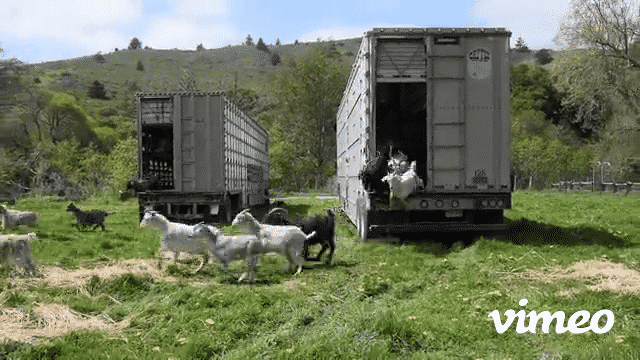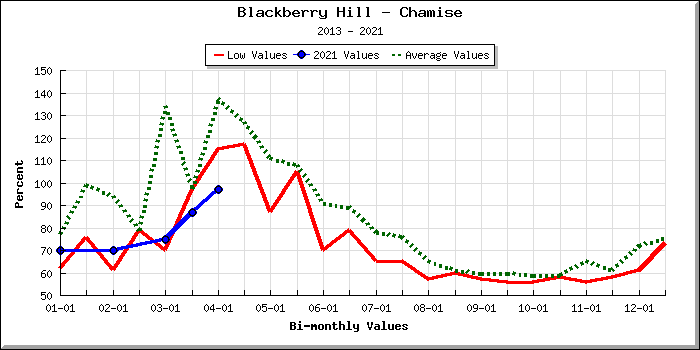The research, from San Jose State University’s Wildfire Interdisciplinary Research Center, found that vegetation across the South Bay and Santa Cruz Mountains has a record low ratio of moisture
Goats to the Rescue – Goatapelli at TomKat Ranch for Fire Fuel Reduction.

04/30/2021
The research, from San Jose State University’s Wildfire Interdisciplinary Research Center, found that vegetation across the South Bay and Santa Cruz Mountains has a record low ratio of moisture to combustible material, otherwise known as fuel-moisture content (FMC).
For areas vulnerable to high heat and drought conditions, it’s fire season again. Here in the South (San Francisco) Bay and Santa Cruz Mountains, new research shows vegetation contains record-breaking low moisture levels causing concerns that the 2021 fire season could be especially grim. That’s why, on April 14, we invited about 850 goats to chomp down on combustible weeds and brush at TomKat Ranch in preparation for California’s wildfire season this summer.
The research, from San Jose State University’s Wildfire Interdisciplinary Research Center, found that vegetation across the South Bay and Santa Cruz Mountains has a record low ratio of moisture to combustible material, otherwise known as fuel-moisture content (FMC). April plant samples from Blackberry Hill – located about 37 miles from TomKat Ranch – revealed especially low numbers. The average FMC for this site is 137% and the previous low was 115%. This year the ratio of moisture to combustible material was 97% – well below normal moisture content levels.

On the heels of the third driest year on record, TomKat Ranch has teamed up with Goatapelli Foundation and their herd of 26th generation “browsers” (animals that prefer brush, weeds, and woody matter to grass) to remove dry, parched vegetation from the landscape to promote conditions in which wildfires will not start as easily or spread as rapidly.
Goat hooves also play an important role in creating soil that is healthy and holds air and moisture. When they stomp around, they aerate the soil and trample plant matter aiding the breakdown of nutrients by fungi and bacteria and boosting soil health including its potential for water retention – particularly important when vegetation moisture levels are low. To read more about other ecological benefits of goat grazing, see the interview with the Executive Director of The Goatapelli Foundation Lani Malmberg here.
At TomKat Ranch, we encourage everyone to take fire fuel reduction seriously and do so in ecological-friendly ways. Please check your local area to find goat grazing in your neighborhood. Here is a list to get you started:
- Falk Livestock and Land
- Star Creek Land Stewards Inc.
- Kaos Sheep Outfit
- BCB Shepherdess
- Goats R Us
- Gonzalez Brush Buster Goats.